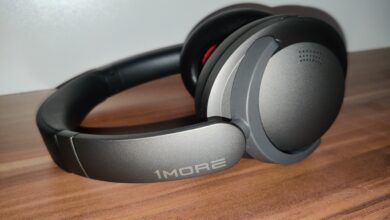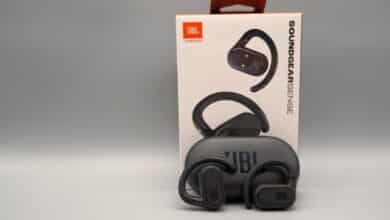
Understanding a person in a crowd can sometimes be quite difficult. Researchers have now unveiled a new AI headset that does just that. It works as an extension based on ANC headphones.
New AI headphones filter out individual voices
Researchers at the University of Washington have unveiled a unique and innovative AI headphone that can isolate and amplify a single voice in a group of people and block out the rest.
The isolation of the voice takes place in real time and is even possible in motion and noisy environments. It is based on standard headphones with active noise cancellation (ANC), which are equipped with additional microphones and are described in the study “Look Once to Hear: Target Speech Hearing with Noisy Examples”.
At the touch of a button and with eye contact to the person whose voice is to be isolated, an AI chip in the headphones allows this voice to be amplified while the other noises are suppressed.
To do this, the voice must be listened to for around three to five seconds so that the AI can analyze it. The sound waves of the voice must reach the microphones on both sides of the headphones, then isolation is possible even if the person is moving and can no longer be seen.
Doubling the intelligibility
Thanks to machine learning, recognition improves the longer the system can listen to the registered speaker, as the AI headphones collect training data.
The headphones were tested with 21 test subjects, who certified that the device was on average twice as good at understanding the speaker’s voice than without the AI feature.
The headphones are currently still in the development phase and are still suffering from teething problems. For example, the system can currently only register a single speaker and only if no other loud voice is registered from the same direction.
The researchers want to use the results in the field of hearing aids. Tests can theoretically be carried out by anyone, as the University of Washington has made all the data and the software used available on GitHub. It is therefore quite conceivable that the system could soon find its way into normal ANC headphones in a similar form.



